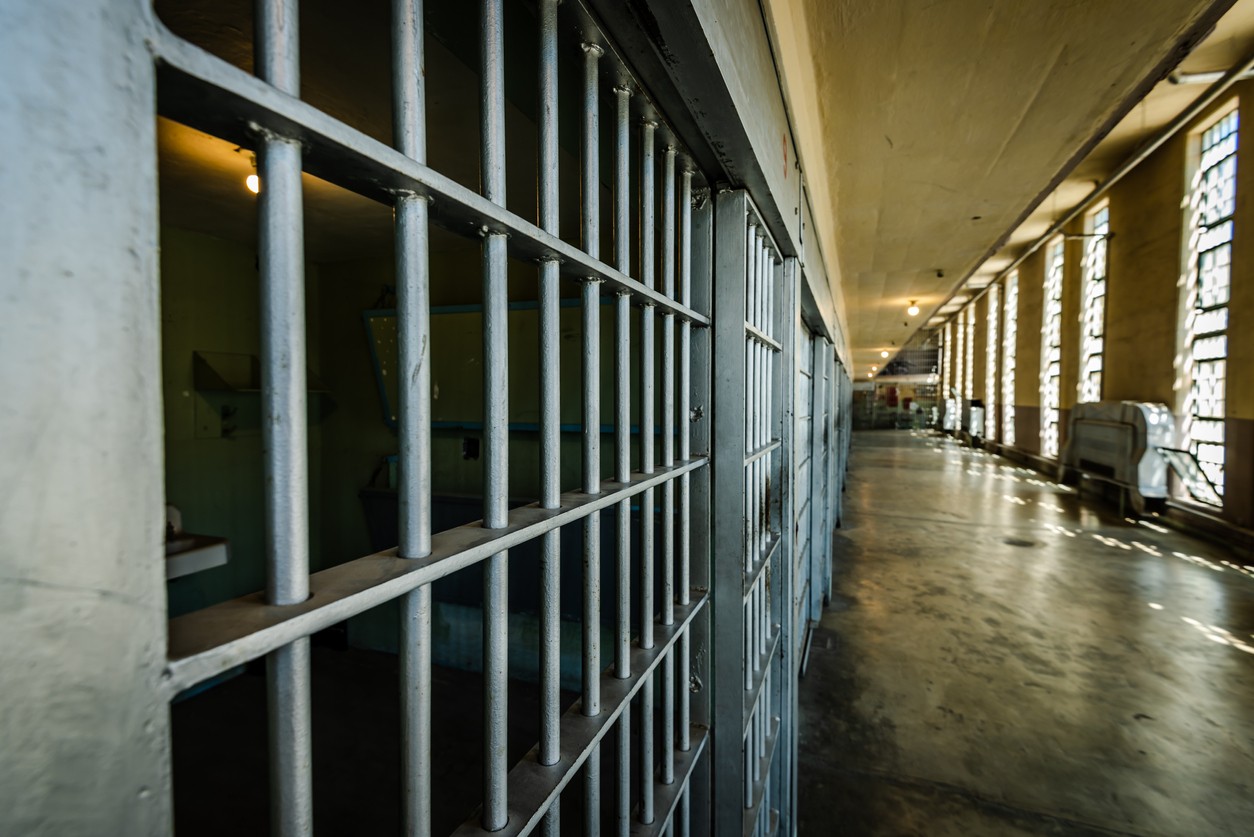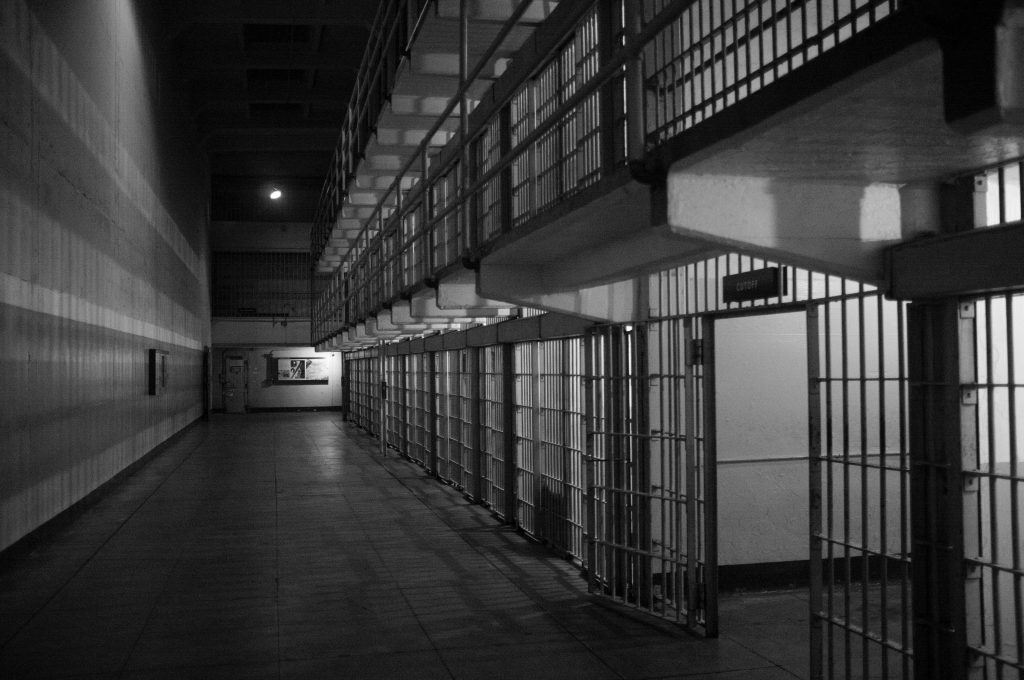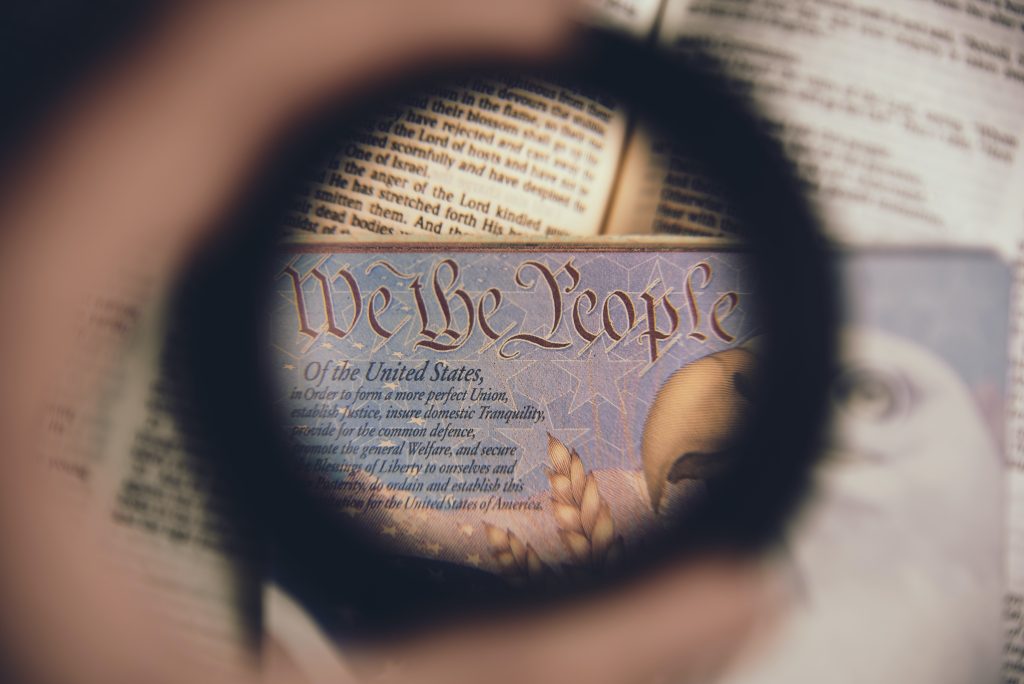
18 Mar So, Why Do We Call A Penitentiary A Penitentiary?
A couple of years ago, I was “housed” at the Northern New Hampshire Correctional Facility in Berlin, New Hampshire (also known as the Berlin State Prison and “Berleasy”). While there, I had a “homework” assignment for my counseling group: to talk about how prison was improving me.
Because of my “past life” as a lawyer and a writer, words are important to me. I focused on the word “corrections” first. How exactly was the “facility” doing at correcting me? But I ended up looking at a lot of different terms, including one of the scariest: “penitentiary.”
Why is one place a penitentiary and another a house of correction? This is my over-simplified take on the story of locking up in America and how we came to use some of the terms we do.
Home Sweet Jail
I have a notion that shortly after our stone-age ancestors started living in villages, some wise guy decided it was easier to steal somebody else’s meat than go hunting himself.
The other villagers got wind of this and either rolled a stone in front of the thief’s cave, tied him to a tree or beat the crap out of him (or a little of all three). Incarceration and punishment were born. Ancient societies from before the Romans and Greeks incarcerated people. Even from the Bible, we can tell incarceration existed before the time of Jesus Christ.
The term “jail” (or “gaol”) in English comes from an old French word for “cage” (no surprise to anyone who has spent even an hour in one). If that doesn’t grab you, the word “prison” comes from Latin, by way of old French. This term comes from the word for “get a hold of,” which has the same root as “apprehend.”
Commonly, a jail is for pretrial or short-term confinement, as opposed to a prison, where you usually stay for more than one year. In earlier times, all confinement was in what we would call jails. But that is where the similarity ended.

Not a Roman Holiday
The Romans jailed their “offenders” in filthy cells in the city’s sewers. There was no sentencing as we know it. Government officials tortured, enslaved, sent to gladiator, banished or executed by some manner such as crucifixion these “offenders.”
Our American system descends from England, which, for centuries, was very much like Rome’s. Folklore is filled with stories of dungeons, basically castle cellars, which were dark, dirty places where men, women and children, held together, awaited their nasty fates. Criminal “offenders” were whipped, branded, placed in stocks, pillories or ducking stools and, quite often, hanged. Officials confined those known as “lunatics” the same as criminals.
Things started to change in England and her thirteen colonies, which soon became the United States in the 1700’s. At that time, the United Kingdom was the leader in “Penal Transportation” around the world. Britain dealt with criminals or those who failed to conform by removing them from the island. Although some English “offenders” went to Scotland, most went to North America. Georgia, Maryland and Virginia receiving the most transports.
Not all criminals were transported. Some, mainly women, who were convicted of vagrancy (laziness), were confined in a “house of correction” for punishment. Hard labor and temporary deprivation of liberty, i.e. “sentences,” would “correct” the criminals, making them useful citizens.
Coming to America … and Staying
The colonies were acquainted early on with the practice known as “indentured servitude,” at least by some. People who wanted to go to America had a sponsor pay their way over. When they got here, they would work for the sponsor to repay their passage.
Officials later adapted this process to transported prisoners. The sheriff would receive the transports as they arrived and sell their sentences to a colonist. Today, historians debate about whether indentured servitude was in fact a form of slavery. The big difference was that indentured servants were free after their indenture was finished. Most prisoners went on to be “respectable” members of colonial society. (Check your family tree.)
Just before the revolution, Virginia and Maryland were so fed up with transportation that they banned it. Imprisonment, in both Britain and America, was grim. Incarcerated persons worked at hard labor all day, were forbidden even to speak to one another and then were locked into individual cells at night (which we called solitary confinement).
The Penitentiary Finds Religion
When Britain lost her thirteen rebellious colonies, she had a big problem. For more than a decade after American independence, she had a terrible shortage of destinations for Transportation. Canada was not an option, as the “offenders” could easily slip over the border to America and freedom. Jailers started putting criminals on decommissioned naval ships known as “prison hulks” docked in rivers and faraway places like Convict’s Bay in Bermuda. (The name still stays, but it’s now a toney residential neighborhood.) By 1787, Britain acquired a huge land mass at the other end of the Earth now called Australia, whose original European settlement was solely as a penal colony.
In 1779, a British reformer named John Howard passed a bill through parliament called the “Penitentiary Act.” This was the first official use of the word “penitentiary” in a penal context. The act aimed to build new, cleaner prisons where hard labor, solitary confinement and religious instruction would reform prisoners. Incarcerated persons would learn to show sorrow for their wrongdoing and turn to a righteous way of life, known in the Christian faith as “penitence.” But officials never built any prisons under the act, deeming Australia more convenient instead.
In America, independence and the new Constitution had a major effect on the system. The Eighth Amendment’s ban on “cruel and unusual punishment” often comes up today with the death penalty. But it came from the popular desire to keep the new federal government from using the inhumane penalties of the past.

Penitence, Cleanliness and the Bible
The new states were using capital punishment less and “correction” much more. Pennsylvania led the way as the home of the “Penitentiary Movement” in the U.S. The movement’s philosophy was that hard work, reflection and Christian instruction would reform criminal behavior. These reformers also fought for the separation of criminals from the insane, housing criminals based on their types of crime (the beginning of classification) and improved prison hygiene. Prisoners learned to read, so they could study the Bible.
The Penitentiary Today
The Penitentiary Movement of the 1790’s is the ancestor of modern prison reform. Since that time, the debate between using incarceration more to punish or as an avenue to reform has raged on. Yet somehow the reformer’s word “penitentiary” became the term for a “prison for those who have committed major crimes” instead.
The phrase “House of Correction” became a more formal name for a jail. It is interesting to note that when the Terre Hautepenitentiary was opened in the 1940’s, it was considered a model institution. There, the residents were the first to be called “inmates” rather than “criminals.” But, today’s USP Terre Haute is where all federal death sentences are carried out, which isn’t quite the purpose its “model institution” reputation had in mind.

